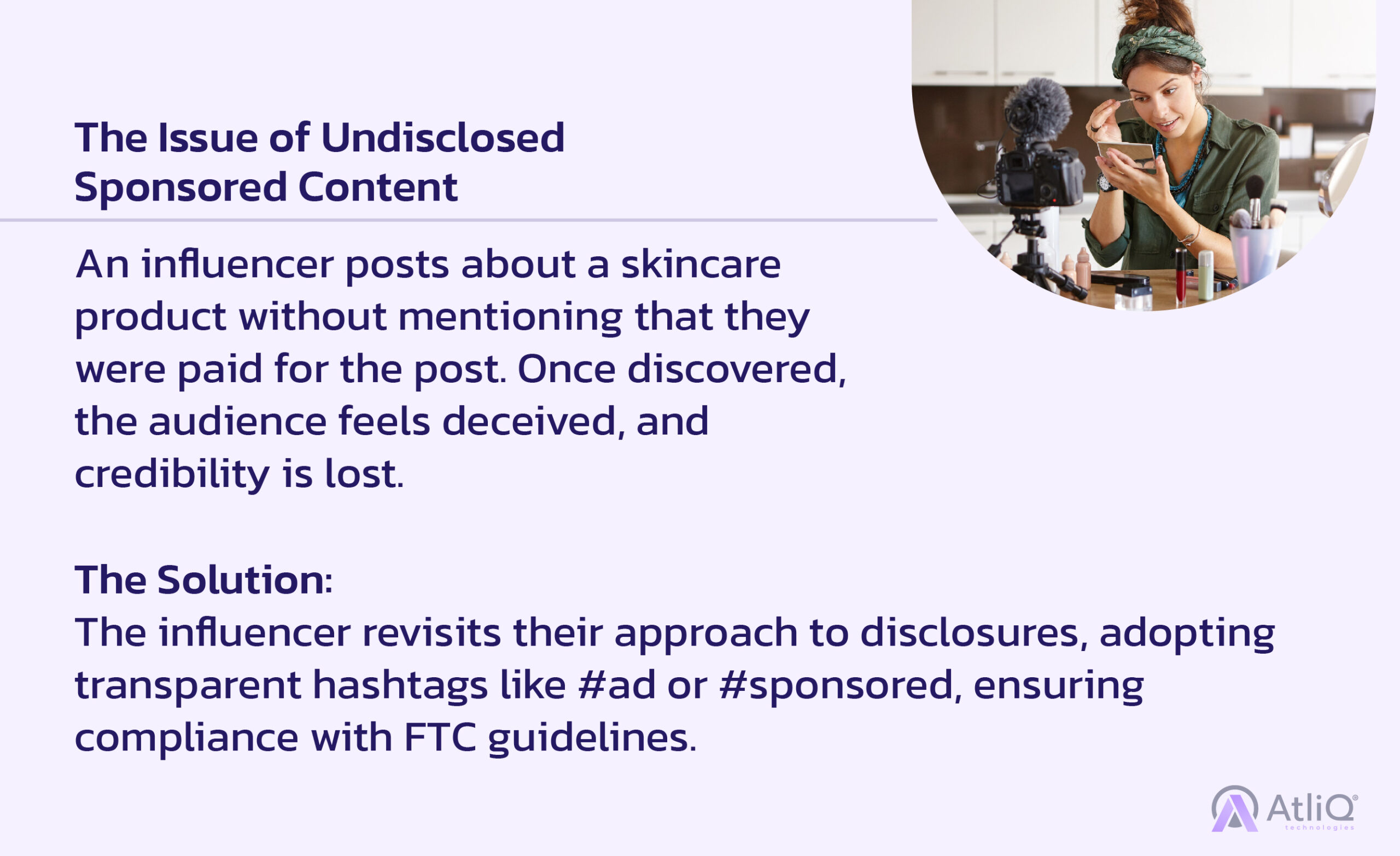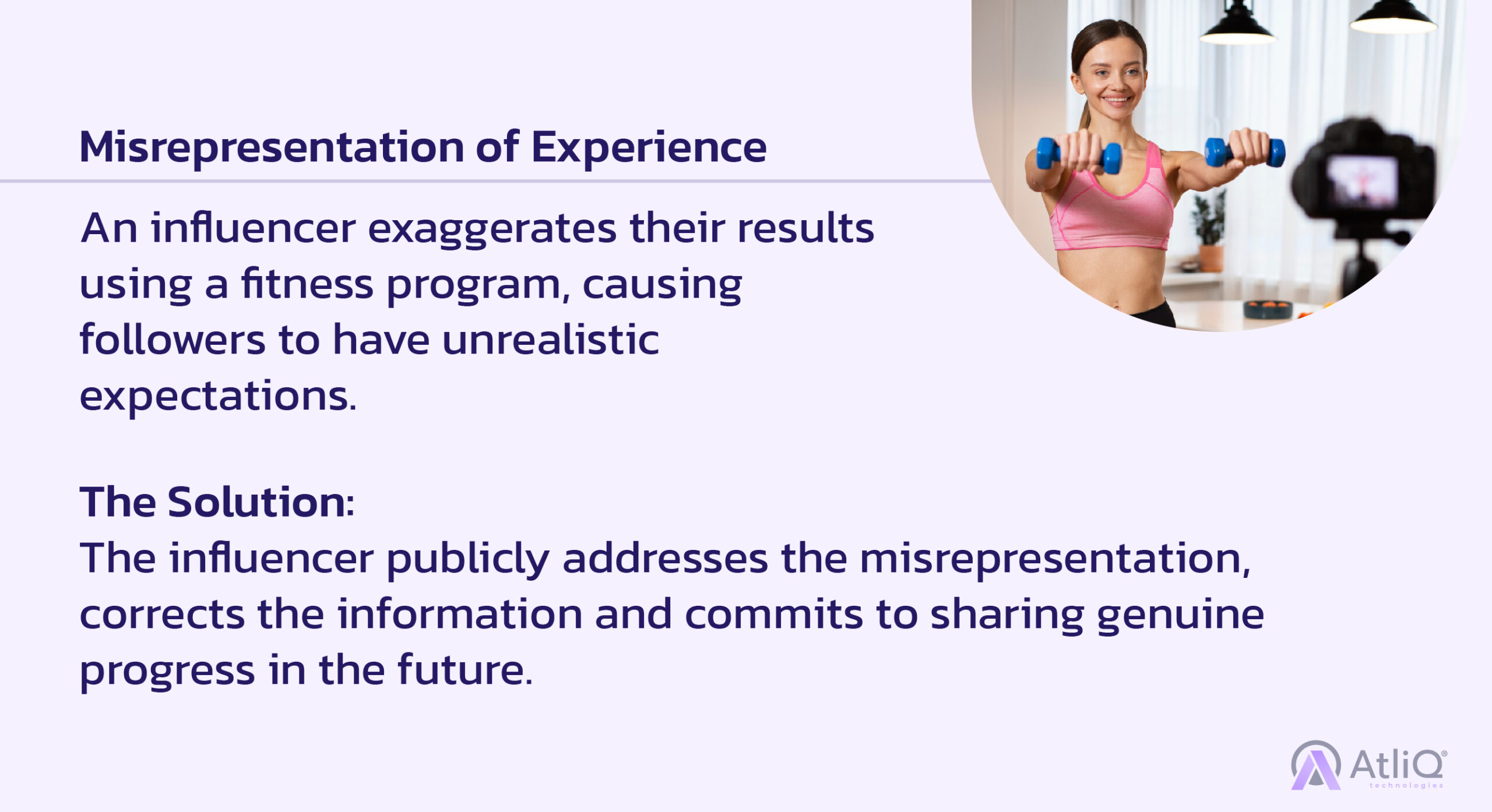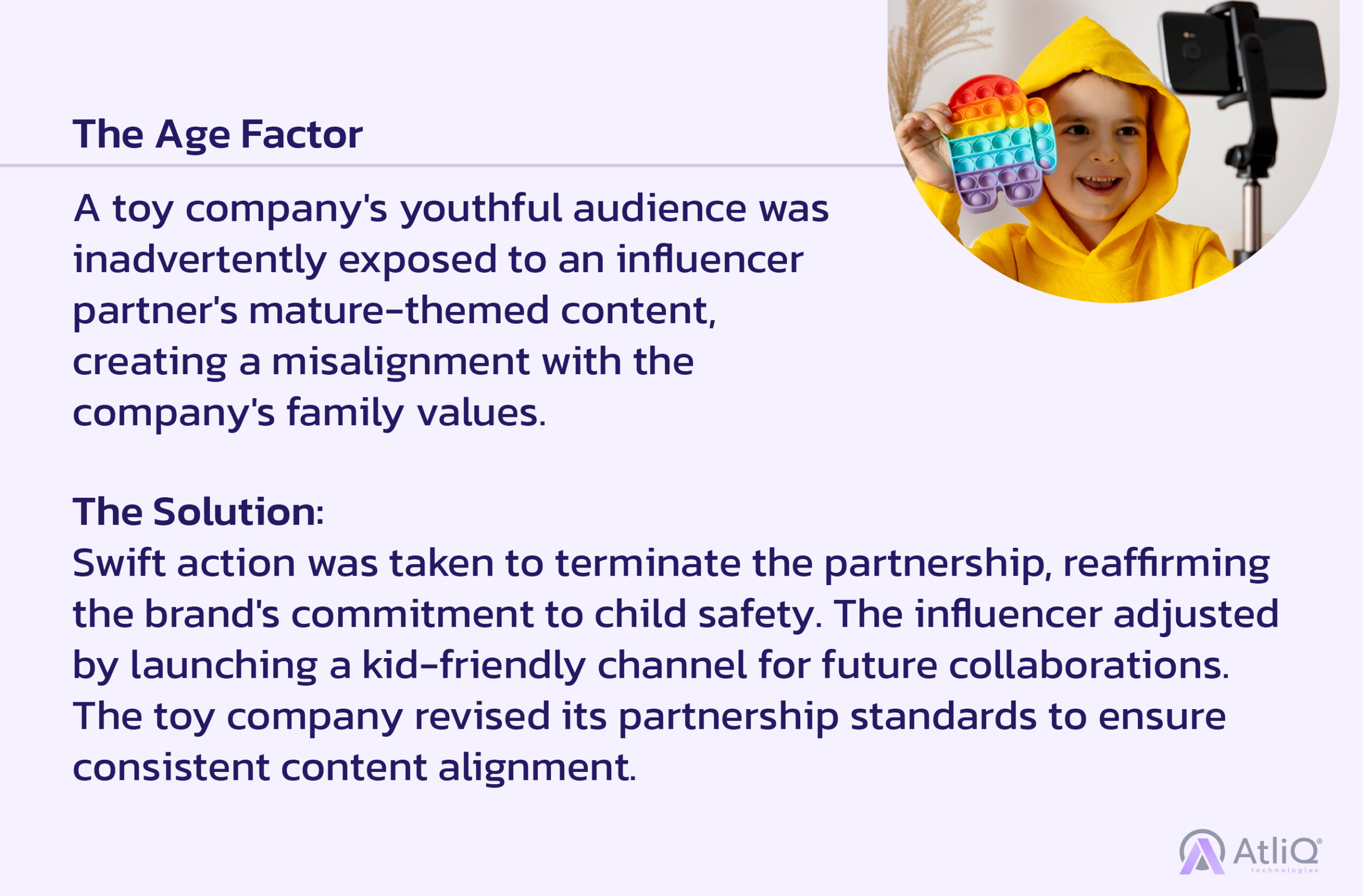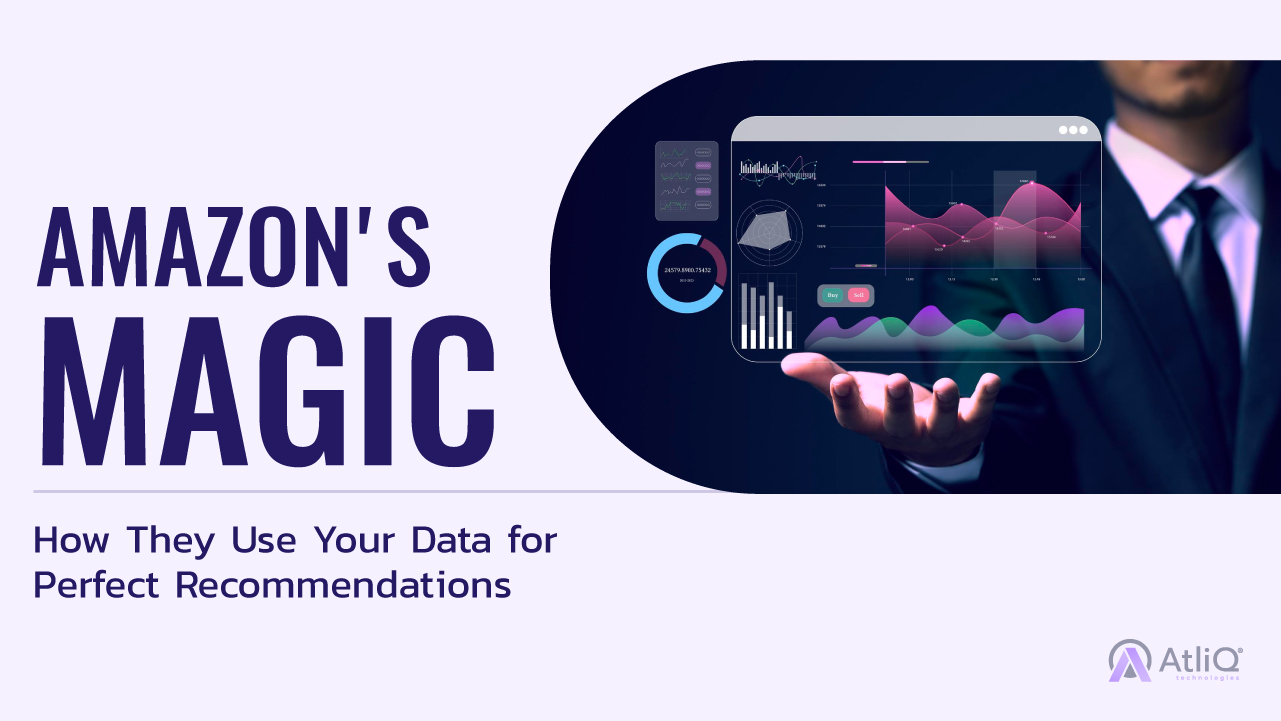Maximizing Impact with Influencers: Ethical Collaborations and Contractual Best Practices

Imagine standing on a tightrope, balancing the brand image in one hand and a smartphone in the other, ready to capture that perfect, shareable moment. Below you are the vast network of social media, where one misstep could send you into the abyss of PR nightmares. Welcome to the high-stakes world of influencer partnerships, where every post is a performance, and every campaign can make or break your brand’s reputation.
In this digital age, influencers are the new-age celebrities and storytellers, weaving narratives that can catapult brands into the spotlight. But, as with any powerful tale, there are rules to be followed, lines to be written, and moral compasses to be steadied. Get ready to journey with us as we unpack the art of ethical endorsements, the mastery behind watertight contracts, and the delicate dance of content control.
What is an Influencer Partnership?
Picture this: a trusted voice in a sea of online chatter, someone who can cut through the noise and deliver your brand’s message straight to the hearts and screens of your target audience. That’s the magic of an influencer partnership. These dynamic relationships connect businesses with social media mavens who boast engaged followings, ready to hang on their every word, or in this case, every post.
Why jump on the influencer bandwagon? Well, it’s simple. In our ad-saturated world, traditional ads just don’t cut it anymore. Influencer partnerships offer a refreshingly genuine route to consumers’ consciousness. It’s word-of-mouth marketing in a shiny, new digital package. With each shared story or recommended product, influencers help brands strike gold with reach, relevance, and authenticity.
But it’s not just a one-sided affair. For influencers, joining forces with brands means creative adventures, new content to explore, and more value for their loyal fans. And for the fans? It’s all about discovering products and experiences that feel hand-picked, by someone they trust.
Establishing a Foundation: Understanding Influencer Marketing
The Rise of Influencers in the Digital Age
Long gone are the days when celebrities were the sole arbiters of public influence. By harnessing platforms like Instagram, YouTube, and TikTok, “INFLUENCERS” have become the new celebrities, with some even enjoying stardom that rivals Hollywood’s elite. Their ascension is marked by a significant statistic: over 90% of marketers believe influencer marketing to be an effective form of marketing, according to a survey by Mediakix.
Different Types of Influencers (Micro, Macro, Mega)
Understanding the influencer ecosystem is key to leveraging it. First, we have micro-influencers, usually sporting followers in the 1,000-100,000 range. They may have smaller audiences, but their engagement rates are gold—often outranking their more famous counterparts and creating a community vibe.
Next up are macro-influencers. These profiles boast followers between 100,000 and 1 million, offering a sweet spot of reach and relatability. They’re seasoned influencer marketing pros, having sharpened their skills and refined their audience over time.
At the top of the influencer food chain sit the mega-influencers. Think 1 million followers and up—these are the ones who set trends with a single tweet. Their reach is enormous, and while their engagement rates might be lower, the sheer volume of their audience can be a game-changer for brand visibility.
How do Influencer Partnerships Benefit Brands?
Brands glimpse a treasure trove of benefits when tapping into influencer collaborations. For starters, influencers can introduce a brand to a targeted demographic with surgical precision, which means marketing spend is more efficient. As per the Digital Marketing Institute, nearly half the consumers depend on influencer recommendations for their purchases. This isn’t surprising since influencers, particularly micro and macro, tend to nurture specific niches—fashion, tech, fitness, you name it!
Added to that is the sweet nectar of authenticity. Influencers can craft content that is personalized and relatable, which resonates strongly with their followers. This peer-recommendation model can rocket trust in a brand, as a recommendation from a favored influencer often outweighs a faceless ad.
The bottom line benefits too. Influencer marketing promises an impressive return on investment (ROI), with businesses making an average of $5.78 for every dollar spent on influencer marketing, suggests a study by Influencer Marketing Hub. It’s clear: when done right, influencer partnerships are not just a choice but a cornerstone of contemporary digital marketing strategy.

Crafting the Contract for Influencer Partnerships: Protecting Both Parties
Purpose and Significance of Influencer Contracts
When it comes to solidifying influencer partnerships, the devil is in the details—and those details belong in a contract. Well-drafted contracts serve as the blueprint for the entire collaboration, detailing responsibilities, expectations, and boundaries. It’s the reference document that holds parties accountable and protects both the influencer and the brand in the case of disputes.
Key Elements of a Solid Influencer Partnership Contract
- Scope of Work: This pillar of the contract defines exactly what the influencer is expected to do. Will they create Instagram posts, stories, or perhaps a YouTube video? Clarity is crucial here to avoid any misunderstandings down the line.
- Deliverables & Deadlines: Precision in deliverables ensures that both parties know what content is expected and when. Specifying deadlines keeps the campaign timely and relevant, which is essential for maximum impact.
- Payment Terms: Money matters can be delicate, but transparency is key. The contract must outline how much the influencer will be paid, the payment schedule, and any prerequisites for payment, like specific campaign milestones or metrics.
- Exclusivity Clauses: These are particularly important for branding purposes. They dictate whether an influencer can engage with competing brands during and after the partnership, preventing potential conflicts of interest.
- Intellectual Property Rights: Who owns the content after it’s created and posted? Can the brand use it indefinitely? This section should detail the usage rights for both parties, including credits and permissions.
- Termination Clauses: If things go south, you need an out. Termination clauses specify the conditions under which either party can end the contract, like breach of contract or poor performance.
Legal Considerations and Compliance
Legal compliance can’t be an afterthought in influencer contracts. Both parties must be aware of legal regulations, such as the FTC’s endorsement guides, which require clear disclosure of partnerships. Ensuring that the influencer understands and agrees to adhere to these laws is essential.
Negotiation Tips for Brands and Influencers
Negotiations can make or break a partnership. Brands should approach influencers with respect for their work, and influencers should understand the brand’s objectives and limitations. It’s a two-way street, where listening is just as vital as advocating for one’s interests. Both parties should strive for a win-win scenario, where the brand achieves its marketing goals, and the influencer feels valued and fairly compensated.
In the end, a textbook influencer contract balances the needs and wants of both the influencer and the brand, aligning goals and expectations for a fruitful collaboration. It’s not just paperwork; it’s the foundation of a successful partnership.

Ethics in Influencer Partnerships
Ethics form the backbone of influencer partnerships. In a digital landscape cluttered with content, consumers crave honesty. Brands and influencers alike must prioritize ethics to build trust and maintain integrity. Ethical partnerships not only protect consumer rights but also safeguard the reputation of both parties. After all, in the age of instant communication, a lapse in ethics can lead to permanent damage to a brand or influencer’s image.
In the pursuit of engaging content, crossing into deceptive territory can be a slippery slope. Influencers must avoid misleading their audience, whether it’s by manipulating images to an unrealistic degree or making false claims about product effectiveness. Authenticity should be the north star, guiding the messaging to ensure it remains genuine and truthful.
The Federal Trade Commission (FTC) mandates clear disclosures for influencer marketing to ensure audiences are aware of the paid relationships behind endorsements. Influencers must distinctly disclose their partnership with a brand, using unambiguous language and conspicuous placement within the content. These disclosures empower consumers to make informed decisions about the products being promoted.
Credibility is an influencer’s currency. Influencers who endorse products they don’t use or believe in risk alienating their audience. Influencers need to partner with brands that align with their brand and values, ensuring the authenticity of their endorsements. For brands, partnering with influencers who have a genuine connection to their product can result in more impactful and meaningful collaborations.
Emerging Trends in Influencer Marketing
As we forge ahead in the fast-evolving landscape of influencer marketing, staying abreast of the latest trends is crucial for brands and influencers that want to maintain a competitive edge. The influencer domain is witnessing a swathe of innovative trends shaping the future of collaborations and content creation in remarkable ways.
- Virtual Influencers & CGI: The rise of virtual influencers—digital personas created using computer-generated imagery (CGI)—is redefining what it means to be an influencer. These virtual trendsetters are not limited by the constraints of reality, opening up a universe of creative marketing opportunities. Brands are beginning to invest in these fictional characters, harnessing their potential to reach diverse audiences.
- Video Content Dominance: Video content continues to reign supreme, with platforms like TikTok and Instagram Reels experiencing explosive growth. Influencers are tapping into short-form video content to capture the dwindling attention spans of audiences, delivering bite-sized, yet highly engaging content.
- Niche Influencers on the Rise: As audiences yearn for more specialized content, niche influencers are gaining traction. These influencers cater to specific interests and offer in-depth expertise, fostering communities centered around particular hobbies, lifestyles, or topics.
Ephemeral Content Engagement: The popularity of ephemeral content—content that is only available for a short period—continues to rise, driven by the human desire for exclusivity and immediacy. Brands leverage this through stories and live streams, creating a FOMO effect that can spike engagement and interaction.

The Impact of Technology on Influencer Partnerships
- AI and Machine Learning: Powerful algorithms and artificial intelligence are honing the process of identifying the right influencers for brands, based on data-driven insights into their performance, audience demographics, and engagement rates. These technologies are also providing more sophisticated analytics, helping to precisely measure the ROI of influencer campaigns.
- Influencer Marketing Platforms: The proliferation of specialized platforms is streamlining the process of influencer collaboration. From discovery and communication to payment and campaign analytics, these technologies are simplifying the complexity of managing influencer partnerships.
- AR & VR Integration: Augmented and virtual reality are pushing the boundaries of traditional influencer campaigns, providing immersive experiences. Whether it’s trying on makeup or visualizing how a piece of furniture might look in a room, AR and VR enable influencers to offer interactive and convincing content that can drive consumer decisions.
- Authenticity Through Technology: Advancements in technology demand an increased focus on authenticity. With deepfakes and manipulated content on the rise, technologies that ensure and verify the veracity of content are becoming more critical than ever in maintaining trust within influencer partnerships.
In summary, technology isn’t just enhancing influencer marketing; it’s redefining it. As we witness the rise of new tools and platforms, brands and influencers who adapt to these advancements and maintain a consumer-centric approach will flourish in this dynamic digital ecosystem.
In the tapestry of modern marketing, the threads of influencer partnerships are interwoven with the need for transparency, mutual respect, and strategic alignment. The landscape is constantly evolving, and with it, the strategies we employ must adapt. In the end, managing influencer partnerships is a delicate art. It’s a blend of business acumen, ethical integrity, and creative vision, all of which require ongoing attention and adaptation. By committing to these principles and staying alert to the changing tides of the digital world, brands, and influencers can forge partnerships that not only drive results but also foster genuine connections with audiences that endure.
As we sign off, let this be a call to action for all players in the influencer marketing sphere: strive for excellence, prioritize authenticity, and build partnerships that stand as testaments to the ethical, dynamic, and innovative spirit of this incredible industry.



